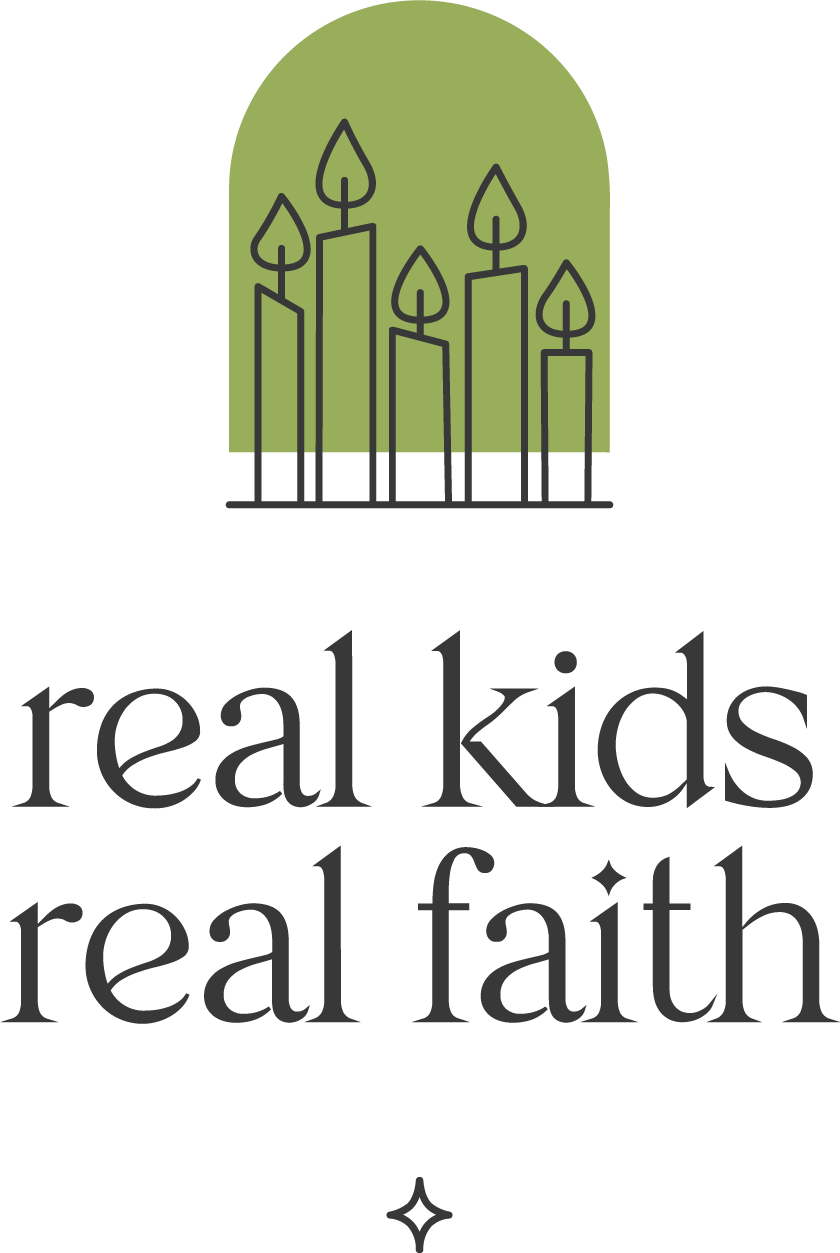Most cultures and religious traditions tell stories that try to make sense out of how the world began and why people act the ways they do. Particularly troublesome are age-old questions about why it can be hard for people to get along. What causes some people to think they are more important than others? How should people act when they get together?And what does it mean to be fair?
Children’s picture book authors Amy-Jill Levine and Sandy Sasso take up these questions in A Very Big Problem, a story about the structure of the world from a Jewish perspective. They imagine a garden full of different elements that all think they are better than any other part. No one wants to get along until they discover that everyone and everything is an essential part of a peaceful world.
Read the story together with children 3+ and use one or more of the following activities to explore what it means to be part of a loving and peaceful community.
Land, Rain, Plants & Sun. The first elements that start to fight are Land, Rain, Plants, and Sun. Each claims to be more important than the others. Invite children to each pick an element and build on its argument for superiority. Ask: What else does this element contribute to the world? Then encourage children to notice how the elements are interrelated. Ask: How much do these elements depend on one another? Create a chart or diagram that shows your responses to both questions.
Birds, Earthworms & Quadrupeds. The birds, earthworms, and four-legged animals join the argument next. They compare their songs, busyness, size, speed, and looks to insist they are the best. Invite children to create a dance where they each act like an animal. Encourage them to first dance by themselves and then together. Suggest that they find ways to make their movements intersect, e.g., a bunny’s hops might match a bird’s flapping wings or an elephant’s swinging truck might keep time with an earthworm’s wiggles.
Children. The children’s job is to take care of the garden. They think they are in charge, which makes them most important. Play a game with kids where they explore what they can control and what they can’t. Ask questions like, Can you control the weather? Can you grow tomatoes? Can you make a cow? Can you pollinate flowers? After each question, invite children to shout “yes!”, “no!” or “maybe” and then explain their responses. Encourage them to share ways that they can partner with other parts of nature to accomplish these tasks.
Peace. Once all the parts of the garden realize they are needed and loved, they take a deep breath and stop arguing. Invite children to participate in a breathing exercise. Say: Take a deep breath in (pause) and let it out slowly. (pause) Take another deep breath in (pause) and let it out. (pause) Continue breathing slowly in and out. (pause) Let your body relax as your breath goes in (pause) and out. (pause) Take another deep breath in (pause) and let it out. (pause) When you are ready, open your eyes. Encourage children to share how they felt as they did this exercise.

Comments